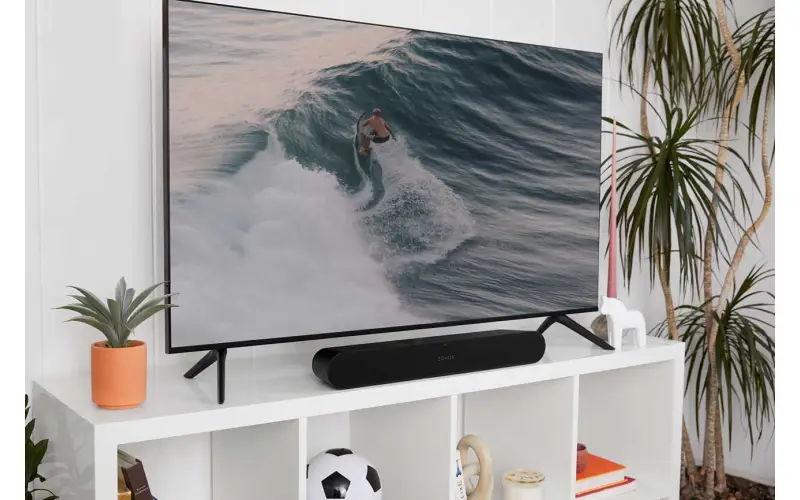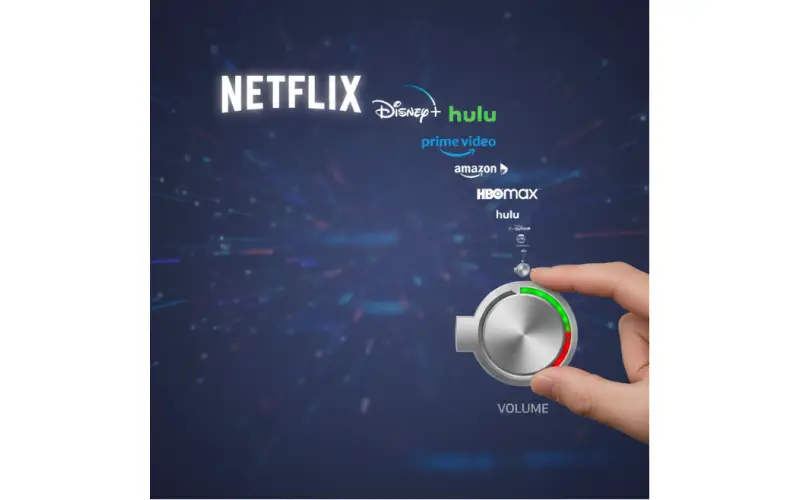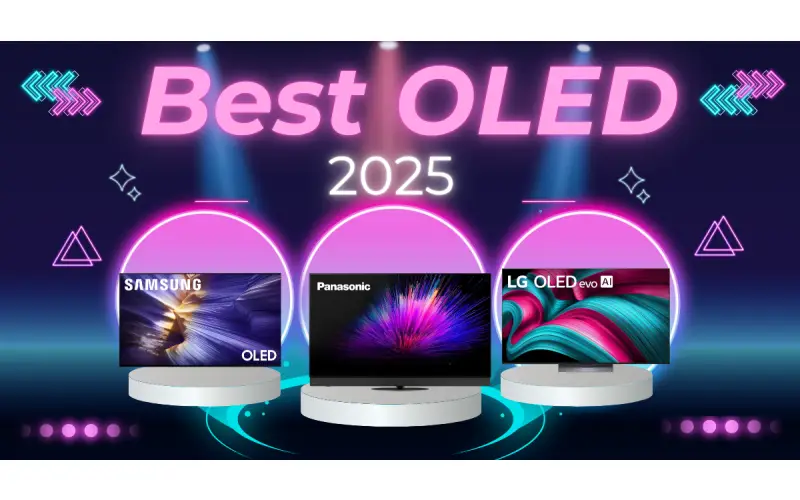By: Dipin Sehdev
Sonos, the audio giant known for its multi-room speaker systems, is reportedly poised to enter the crowded streaming device market with a high-end competitor codenamed "Pinewood." This move, while ambitious, raises serious questions about Sonos's strategic direction, especially given their recent stumbles and the intensely competitive landscape. Can Sonos truly compete with established players like Apple, Google, and Amazon? And, more importantly, can they justify a potential price tag that could reach a staggering $400?
Let's delve into the details. Reports suggest Pinewood will be a sleek, black box, slightly thicker than a deck of cards, designed to sit discreetly in your entertainment center. Beyond its aesthetics, Sonos is aiming to differentiate Pinewood through several key features:
- Unified Streaming Experience: Sonos reportedly plans to aggregate content from popular streaming services like Netflix, Max, and Disney+ into a single, unified interface with universal search. While this is a common feature among streaming devices, Sonos is emphasizing it as a core selling point.
- Seamless Sonos Integration: Pinewood is designed to integrate seamlessly with existing Sonos speaker systems. It will reportedly transmit lag-free audio wirelessly to Sonos soundbars and other speakers, enabling users to easily configure a surround sound setup. This is a significant advantage for users already invested in the Sonos ecosystem.
- HDMI Switching: Pinewood will also function as an HDMI switch, allowing users to connect devices like gaming consoles directly to the box. This simplifies cable management and could be a valuable feature for gamers.
- Voice Control and Remote: Pinewood will support Sonos Voice Control and will also ship with a physical remote control, offering users multiple ways to interact with the device.
These features, while promising, aren't revolutionary. Many competing streaming devices offer similar functionality, often at a fraction of the rumored price. This brings us to the crux of the issue: the price.
The $400 Question:
Reports suggest Pinewood could cost anywhere from $200 to $400. This is a massive price premium compared to the competition. The Apple TV 4K, a direct competitor, starts at a significantly lower price point. Devices from Roku, Amazon, and Google offer comparable features for even less. Even high-end streaming devices like the Nvidia Shield TV Pro top out at a lower price.
Sonos justifies this premium by positioning Pinewood as a high-end, integrated solution for users deeply invested in their ecosystem. They're betting that the seamless integration with Sonos speakers, the HDMI switching capabilities, and the promise of a unified streaming experience will be enough to entice customers to pay a premium. However, this is a risky bet.
Sonos's Recent Struggles:
Sonos's foray into the streaming market comes at a precarious time for the company. They've faced significant challenges in the past year, most notably the disastrous relaunch of their mobile app. The botched update was riddled with bugs, removed key features, and alienated a large portion of their user base. The fallout from this debacle even led to the resignation of their CEO.
While Sonos has worked to rectify the app issues, the damage to their reputation is undeniable. Customers are now more wary of new Sonos products and updates. This makes the launch of Pinewood even more critical. A successful launch could help Sonos regain lost trust and solidify its position in the home audio market. A failure, on the other hand, could be devastating.
The Competitive Landscape:
The streaming device market is fiercely competitive. Apple, Google, and Amazon have established dominant positions with their respective platforms. These companies offer a wide range of devices at various price points, catering to different needs and budgets. They also have massive ecosystems and brand recognition, giving them a significant advantage over Sonos.
Apple, with its tightly integrated ecosystem and focus on premium hardware, presents a particularly formidable challenge. Google, with its Android TV platform and deep integration with Google services, is another major player. Amazon, with its Fire TV platform and aggressive pricing strategy, has captured a significant market share.
Can Sonos, with its limited experience in the video market and recent missteps, truly compete against these giants? The answer remains to be seen.
Pinewood's Potential:
Despite the challenges, Pinewood has the potential to be a successful product. If Sonos can deliver on its promise of a truly unified streaming experience, seamless Sonos integration, and high-quality hardware, they could carve out a niche in the high-end streaming market. The HDMI switching capabilities and the ability to wirelessly transmit audio to other Sonos speakers are also attractive features that could appeal to certain users.
However, the high price tag is a major concern. Sonos needs to convince consumers that Pinewood offers enough value to justify the premium. They need to clearly articulate the benefits of their integrated ecosystem and differentiate themselves from the competition.
The Verdict:
Sonos's "Pinewood" project is a high-stakes gamble. It's a bold move into a new market, but it's also a risky one. The company's recent struggles and the intense competition in the streaming device market make success far from guaranteed.
Pinewood's ultimate fate will depend on several factors: its actual price, its performance, its features, and, perhaps most importantly, Sonos's ability to rebuild trust with its customer base. If Sonos can deliver a truly exceptional product and effectively communicate its value proposition, Pinewood could be a hit. If not, it could be another costly misstep for a company already facing significant challenges. The next few months will be crucial for Sonos. The world will be watching to see if they can pull off this ambitious endeavor. Can they truly compete? Only time will tell. One thing is certain: the streaming wars just got a little more interesting.





